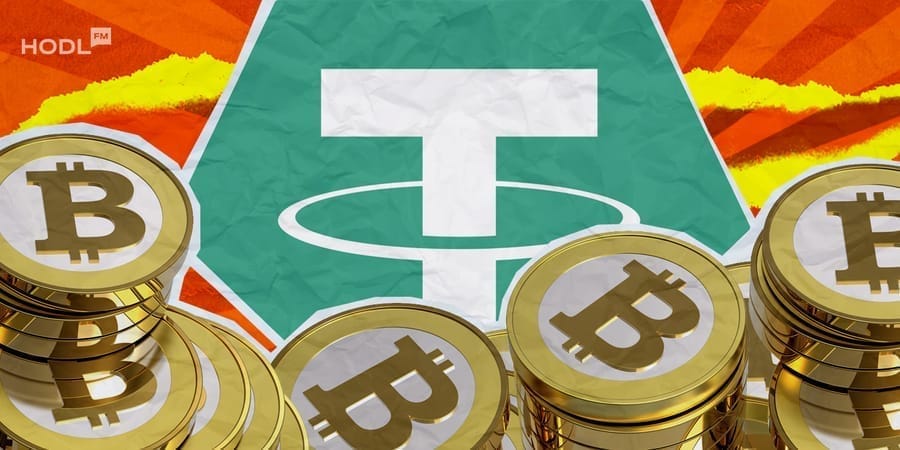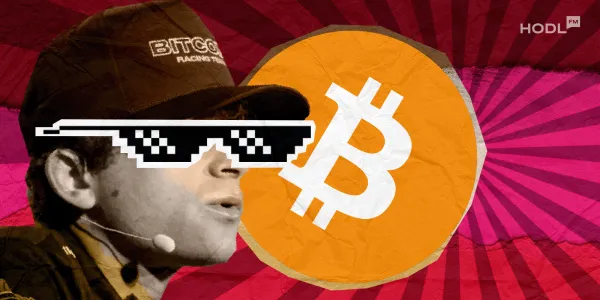Reeve Collins envisions a fully on-chain financial world, with stablecoins powering the next era of global money.
By 2030, every form of money, dollars, euros, yen, could be running on blockchain rails, according to Tether co-founder Reeve Collins. Speaking at Token2049, at Singapore. Collins didn’t mince words: stablecoins won’t just exist alongside fiat currencies, they’ll become them.
“All currency will be a stablecoin,” he said.
From rail to default
What sounds radical is, in Collins’ telling, already underway.
“It’ll just be called dollars, euros, or yen, but it will run on a blockchain.”
Stablecoins are not a niche side product anymore but a faster, leaner rail for money itself. Within the next five years, he expects them to be the default method of transferring value, whether for individuals sending remittances or institutions moving billions.
“Probably before 2030,” he added, “because you’re still going to use dollars. But if those dollars are on a blockchain, by definition, you’re using a stablecoin.”
For years, big financial firms were wary of entering the space, fearing unpredictable regulation. Now, with that cloud lifting, the mood has flipped.
Collins credits the recent softening of Washington’s stance on crypto as the “best thing to ever happen” for the industry.
“Those floodgates are open” , noting that traditional banks are suddenly scrambling to launch their own blockchain-based dollars and euros.
The appeal is clear: faster settlement, cheaper rails, and a market that looks increasingly unavoidable. If this shift continues, the long-standing divide between centralized finance (CeFi) and decentralized finance (DeFi) may blur beyond recognition. Collins imagines a financial system where blockchain-powered services handle everything from loans to investments, but without the labels.
“There won’t be CeFi and DeFi,” he predicted. “There’ll just be applications that move money, give loans, do investments, some old-style, some decentralized. All mixed together.”
Why tokenization matters
Underpinning this is the wider tokenization trend sweeping across financial markets. By moving assets on-chain, transparency and efficiency both improve, making even identical assets more valuable once tokenized.
“That is why the tokenization narrative is so big,” Collins said. “The utility gain is so significant that once assets are onchain, the return increases.”
Stablecoins set for trillion-dollar growth
A Citi report highlights the rapid expansion of the market, which grew from around $200 billion at the start of 2025 to $280 billion today. The bank now estimates that stablecoin issuance could reach $1.9 trillion by 2030 in a base scenario, and up to $4 trillion in a bull case.

If stablecoins circulate at a pace similar to traditional currencies, they could facilitate $100–200 trillion in annual transactions by the end of the decade. Citi frames this growth as part of a broader shift toward digital finance, describing it as a “ChatGPT moment” in payments and commerce.
The report shows that stablecoins, along with other forms of digital money like CBDCs and tokenized assets, are likely to coexist, each playing a critical role in the emerging on-chain financial infrastructure.
Road ahead
Of course, no transformation comes without pitfalls. Collins acknowledged that blockchain bridges, smart contracts, and wallets remain vulnerable, while hacks and social engineering continue to make headlines.
Yet he believes overall security is improving, and that users will eventually have a spectrum of reliable options, from fully self-custodied wallets to trusted third-party services.
“The old trade-off is still there,” he noted. “Control everything yourself and take on complexity, or lean on custodians that keep getting better. Either way, the trajectory is clear.”

Disclaimer: All materials on this site are for informational purposes only. None of the material should be interpreted as investment advice. Please note that despite the nature of much of the material created and hosted on this website, HODL FM is not a financial reference resource and the opinions of authors and other contributors are their own and should not be taken as financial advice. If you require advice of this sort, HODL FM strongly recommends contacting a qualified industry professional.




